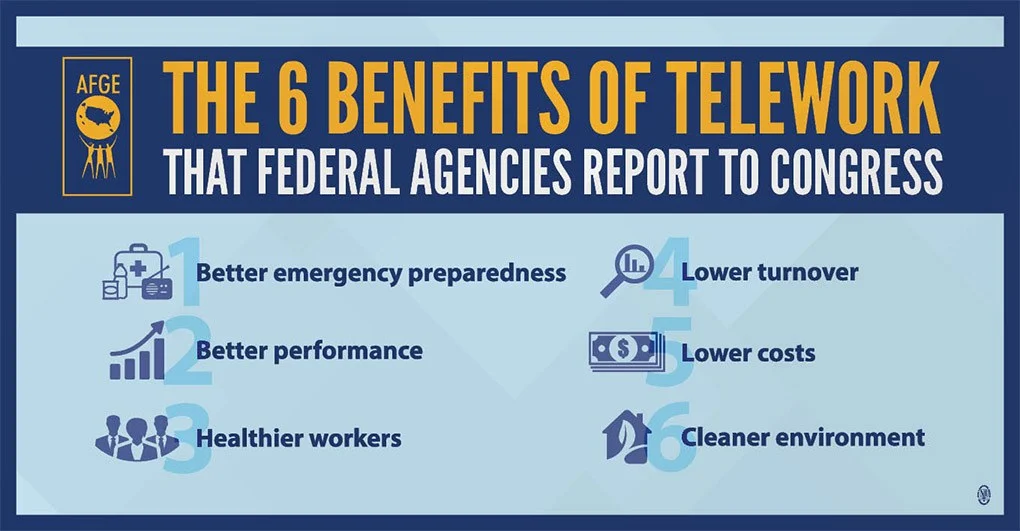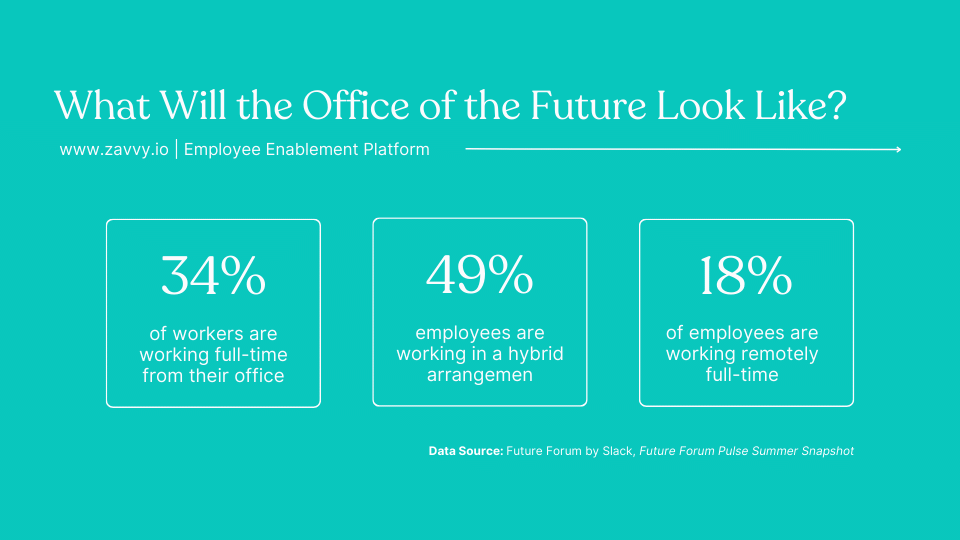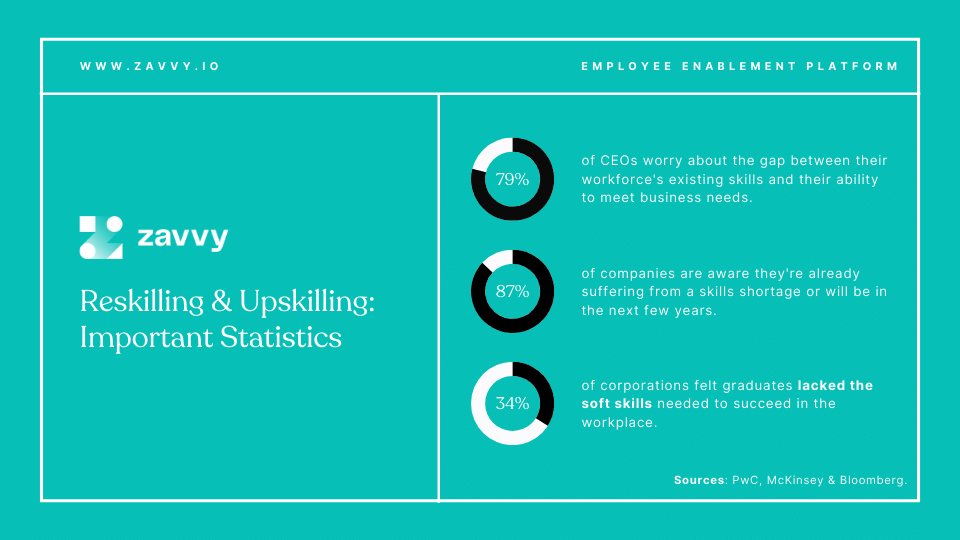
As the world gradually emerges from the shadows of the COVID-19 pandemic, industries across the globe are facing unprecedented challenges, particularly in talent acquisition and workforce management. The government contracting sector, known for its reliance on skilled professionals, is no exception. With businesses returning onsite and operations resuming, the pressure to fill critical roles in government projects has intensified. In this blog, we will explore the impact of returning to work on talent shortages in government contracting and discuss strategies to overcome these challenges.
The Landscape of Returning to Work
As the world gradually recovers from the upheaval caused by the COVID-19 pandemic, the landscape of returning to work is evolving rapidly. With infection rates declining in many regions, organizations are grappling with transitioning from remote work to in-person or hybrid work models. While the prospect of returning to the workplace signals a step towards normalcy, it also presents new challenges and considerations for employers and employees alike.
One of the most significant shifts in returning to work is the adoption of flexible work arrangements. Many organizations have recognized the benefits of remote work, such as increased productivity, reduced commuting time, and improved work-life balance. They are incorporating flexible work options into their post-pandemic strategies. Hybrid work models, which combine remote and in-office work, are becoming increasingly popular as they offer the best of both worlds—the flexibility of remote work and the collaboration opportunities of in-person interactions.

At the same time, the return to the workplace poses logistical and operational challenges for organizations. Employers must navigate complex issues such as workplace safety protocols, office reconfiguration, and employee preferences for remote or in-person work. Implementing health and safety measures, such as enhanced cleaning protocols, physical distancing guidelines, and vaccination requirements, is essential to ensure the well-being of employees and minimize the risk of COVID-19 transmission in the workplace.
Moreover, shifting attitudes towards work and the workplace shape the landscape of returning to work. The pandemic has prompted many individuals to reassess their priorities, values, and career aspirations. Employees seek greater flexibility, autonomy, and purpose in their work, leading to increased demand for remote work options, flexible schedules, and meaningful work experiences. Employers must adapt to these changing expectations by offering flexible work arrangements, fostering a supportive and inclusive work culture, and providing opportunities for professional growth and development.
A blend of continuity and change characterizes the landscape of returning to work. While the pandemic has accelerated trends towards remote work and flexible work arrangements, the return to the workplace presents opportunities for organizations to reimagine the future of work and create environments that support employee well-being, productivity, and success. By embracing flexibility, innovation, and empathy, organizations can navigate the challenges of returning to work and build a more resilient and adaptive workforce for the future.

The Government’s Stance on Returning Onsite
The White House’s stance on government employees returning to onsite work is informed by a push to reduce telework and increase in-person operations at federal agencies as the country moves towards post-pandemic recovery. According to recent directives from the Biden administration, federal agencies are encouraged to scale back telework and bring employees back to the workplace, citing the need for improved collaboration, productivity, and mission delivery. While telework has played a crucial role in maintaining government operations during the COVID-19 pandemic, the administration believes returning to onsite work is necessary to support innovation, foster mentorship and professional development, and enhance organizational culture.
The White House’s call for telework reductions reflects a broader effort to balance the benefits of remote work and the advantages of in-person collaboration. While acknowledging the importance of flexibility and accommodation for employees with health concerns or caregiving responsibilities, the administration emphasizes the value of face-to-face interactions, spontaneous brainstorming sessions, and team-building activities that can only be achieved in a physical workplace. By encouraging federal agencies to transition back to onsite work gradually and thoughtfully, the administration aims to create environments that promote employee engagement, creativity, and camaraderie while ensuring the safety and well-being of government workers.
Talent Shortages in Returning Workers
Several factors contribute to the talent shortages in government contracting for returning workers:
- Geographical Constraints: Government projects are often located in specific regions or require on-site presence, limiting the available talent pool. Recruiting candidates willing to relocate or commute to project sites can be challenging, particularly in areas with high living costs or limited amenities.
- Competition from the Private Sector: Government contractors compete with private sector companies for top talent, further intensifying the talent war. Private sector organizations often offer higher salaries, better benefits, and more flexible work arrangements (remote work), making it difficult for government contractors to attract and retain skilled professionals.
- Specialized Skill Requirements: Government projects often require niche skills and expertise in high demand but limited supply. Finding candidates with the right qualifications and security clearances can be challenging, particularly for highly specialized roles. Additionally, candidates with these skills are often lured to the private sector through better benefits and telework opportunities.
- Security Clearance Requirements: Many government contracts require employees to hold security clearances, adding additional complexity to the hiring process. Obtaining and maintaining security clearances can be time-consuming and costly, deterring some candidates from pursuing opportunities in government contracting.
Effects of the Talent Shortages
One of the primary implications of returning to work in person is the need for a skilled workforce to support government projects and initiatives. With many organizations resuming operations and ramping up their activities, there is a growing demand for professionals with expertise in cybersecurity, data analytics, cloud computing, and artificial intelligence. However, the supply of qualified candidates in these fields has not kept pace with demand, leading to talent shortages and fierce competition for talent among government contractors.
Moreover, the transition back to in-person work may exacerbate talent shortages by limiting the geographical reach of recruitment efforts. Government contractors often recruit talent from specific regions or areas with high concentrations of skilled professionals. However, returning to onsite work may restrict the ability to recruit candidates from outside these regions, further exacerbating talent shortages in government contracting. The reluctance of some employees to return to traditional office settings may worsen talent shortages by reducing the pool of available candidates for in-person roles.
Organizations must adopt strategic approaches to talent acquisition and management to address talent shortages in government contracting amidst returning to work in person. This includes investing in training and development programs to upskill existing employees, leveraging technology and automation to streamline recruitment processes, and offering competitive compensation and benefits packages to attract and retain top talent. Additionally, organizations can explore alternative recruitment strategies, such as remote hiring, flexible work arrangements, and partnerships with educational institutions to identify and recruit emerging talent. By adopting proactive and innovative approaches to talent management, government contractors can navigate the challenges of returning to work in person while addressing talent shortages and ensuring the success of their projects and initiatives.
Strategies to Overcome Talent Shortages
To address talent shortages in government contracting, organizations can implement several strategies:
- Invest in Training and Development: Develop internal talent pipelines by investing in training, upskilling, and reskilling programs. Organizations can reduce reliance on external hires and improve retention rates by nurturing existing employees and equipping them with the skills needed for specialized roles.
- Enhance Employer Branding: Differentiate your organization by showcasing its mission, culture, and commitment to employee development. Highlight the unique opportunities and benefits of working in government contracting, such as job stability, career advancement, and meaningful work.
- Streamline Security Clearance Process: Streamline the security clearance process to expedite hiring and reduce administrative burden. Partner with trusted vendors, leverage technology solutions and provide guidance and support to candidates throughout the clearance process to minimize delays.
- Offer Competitive Compensation and Benefits: Stay competitive in the talent market by offering competitive salaries, comprehensive benefits packages, and attractive perks. Consider flexible work arrangements, remote work options, and other incentives to attract and retain top talent.
- Collaborate with Educational Institutions: Forge partnerships with colleges, universities, and technical schools to identify and recruit emerging talent. Participate in job fairs, internship programs, and career development initiatives to connect with students and graduates interested in government contracting careers.
- Embrace Remote Work and Flexibility: Embrace remote work and flexible work arrangements to expand the talent pool and accommodate diverse preferences. Leverage technology tools and virtual collaboration platforms to enable remote work while maintaining productivity and collaboration.

Addressing talent shortages in the hybrid or onsite work movement requires a strategic and proactive approach to talent acquisition and management. Organizations must invest in training and development programs, leverage technology and automation to streamline recruitment processes, and offer competitive compensation and benefits packages to attract and retain skilled professionals. Furthermore, embracing flexibility, remote work options, and innovative recruitment strategies can help organizations overcome geographical constraints and tap into broader talent pools. By adopting these strategies, government contractors can navigate the challenges of talent shortages amidst return-to-work policies while ensuring the success and continuity of their projects and initiatives.

Leave a Reply
Your email is safe with us.